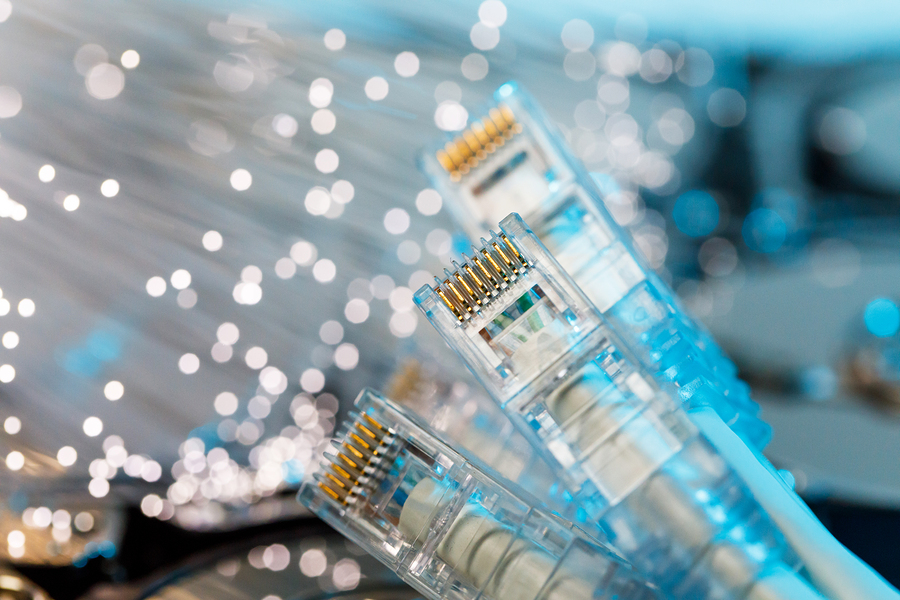
For decades, the internet was a set of mainframe computers at universities and high-tech companies that communicated over phone lines. However, personal computers took off in the 80s, and by the 90s there were millions of computer users who needed faster connections. They got them through cable connections, the same cables that delivered dozens of new TV channels to people’s homes.
Cable connections have sped up over time, but they still come with a few drawbacks. Cable internet is a shared connection, so your online speed can depend on how many of your neighbors are using the internet at the same time. And thanks to social media and streaming services, that can mean a lot of slowdown in the afternoon and evening.
Fiber internet connections are the next step forward, and they come with a few improvements over regular cable connections.
1. Speed is the most obvious upgrade. While most cable connections offer a few megabits per second, a fiber internet setup can deliver a gigabit of data per second, and even their discount options give you several hundred megabits per second to work with.
2. Fiber connections are dedicated to each user, which means you don’t need to share your speed with your neighbors. Even if you live in an apartment building, you’ll only have to share your connection with the people who know your Wi-Fi password.
3. Symmetrical upload speeds. Back when cable connections were new, it made sense to use more of the connection for downloads than uploads, at least for residential connections that spent a lot more time downloading. However, the internet has changed, and with millions of people creating their own pictures, videos, streams, and programs, it makes sense for a modern fiber internet connection to offer a symmetrical plan with equal upload and download speeds.
Some cable companies are doing their best to keep up with new fiber connection speeds, but many of them still suffer from the old downsides of shared connections and asymmetrical upload speeds. If you want a true modern connection, then you should find out whether fiber connections have reached your neighborhood. At JumpFiber, we offer gigabit internet speeds to communities in central San Antonio, so if you’re a property manager in the area you should have a look at whether our coverage includes your property and see whether a JumpFiber upgrade is right for you.
